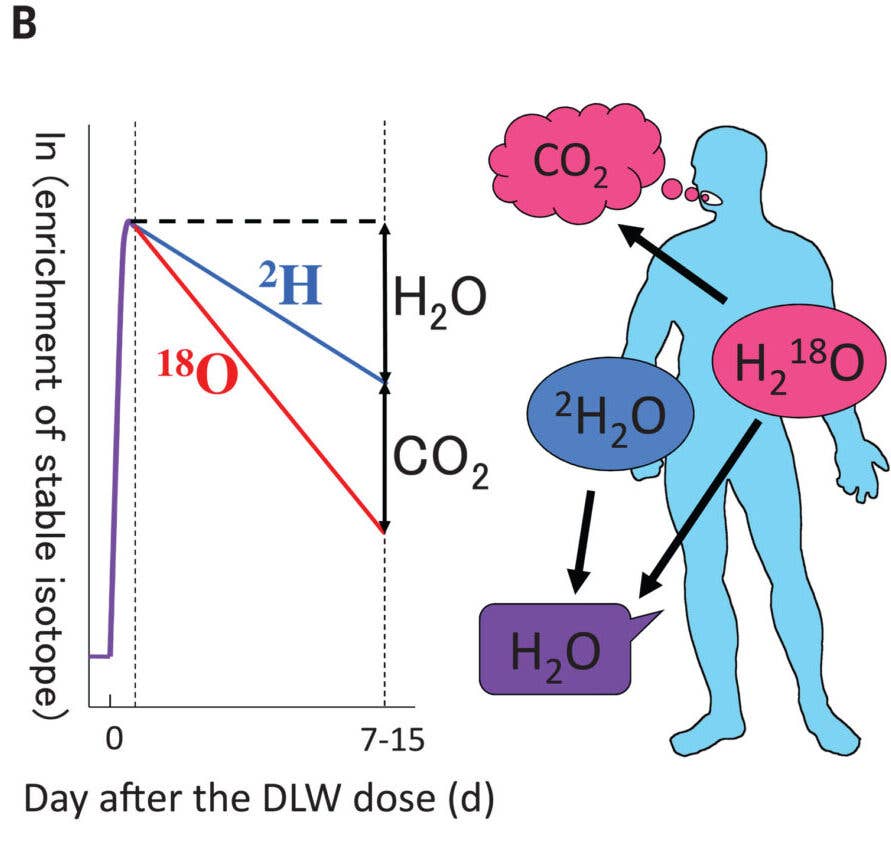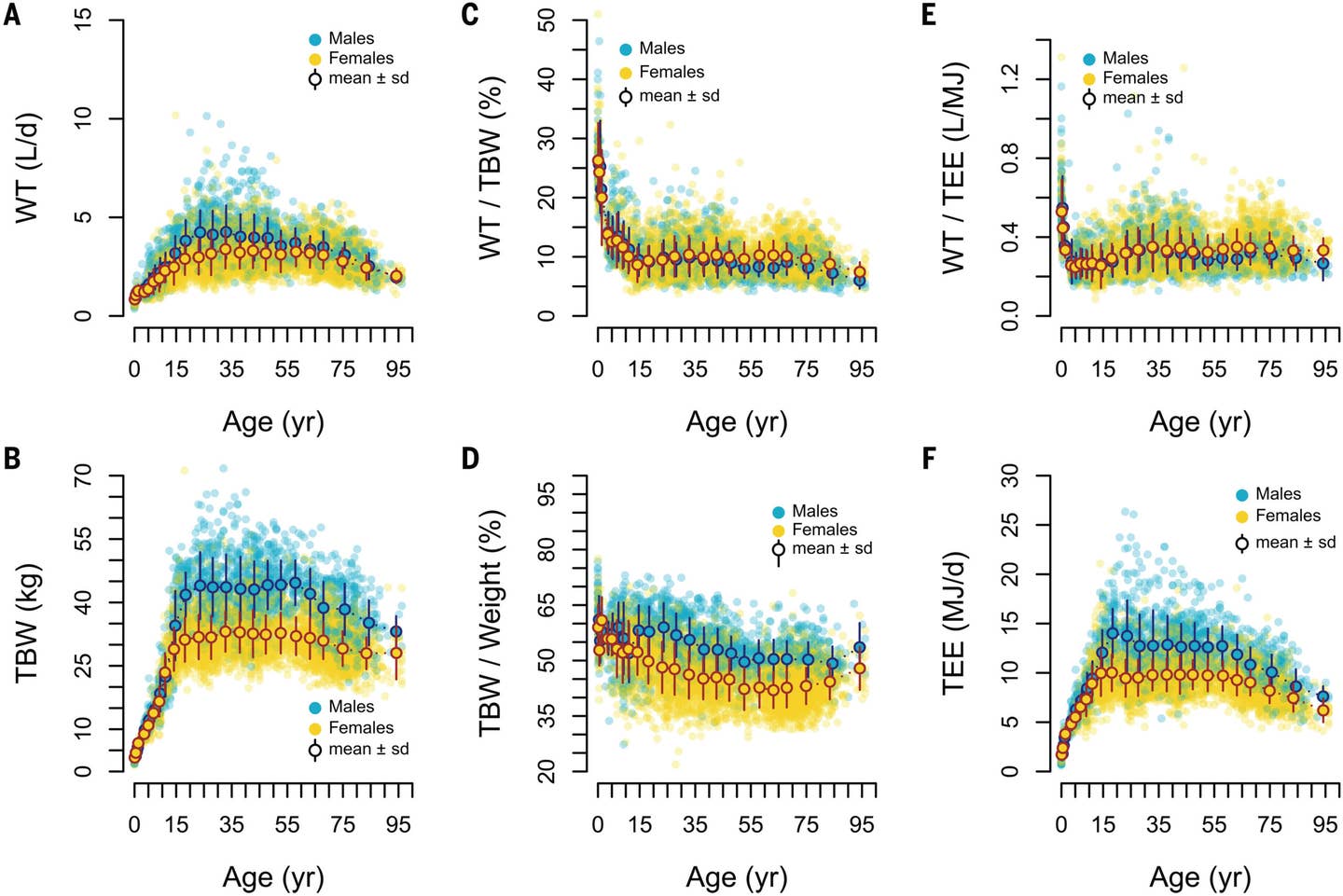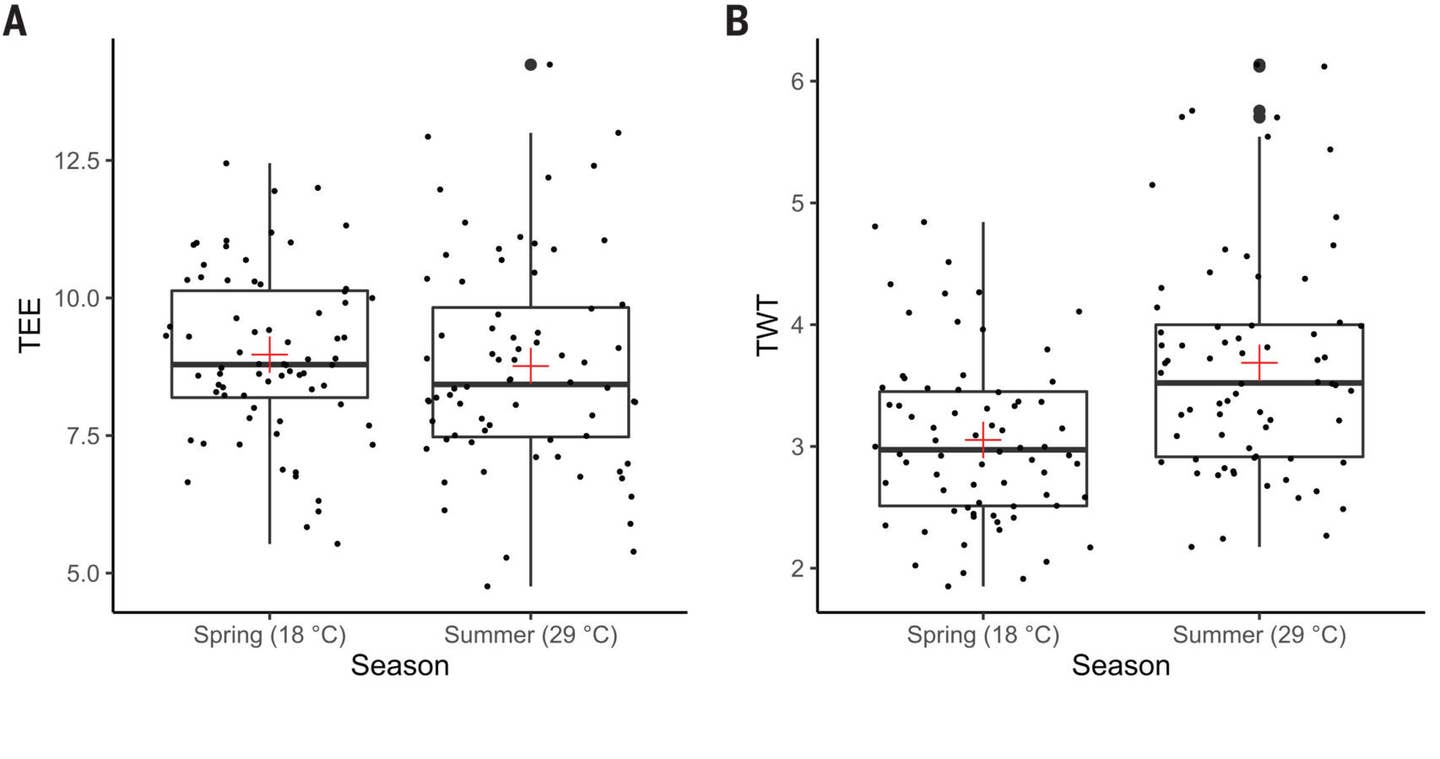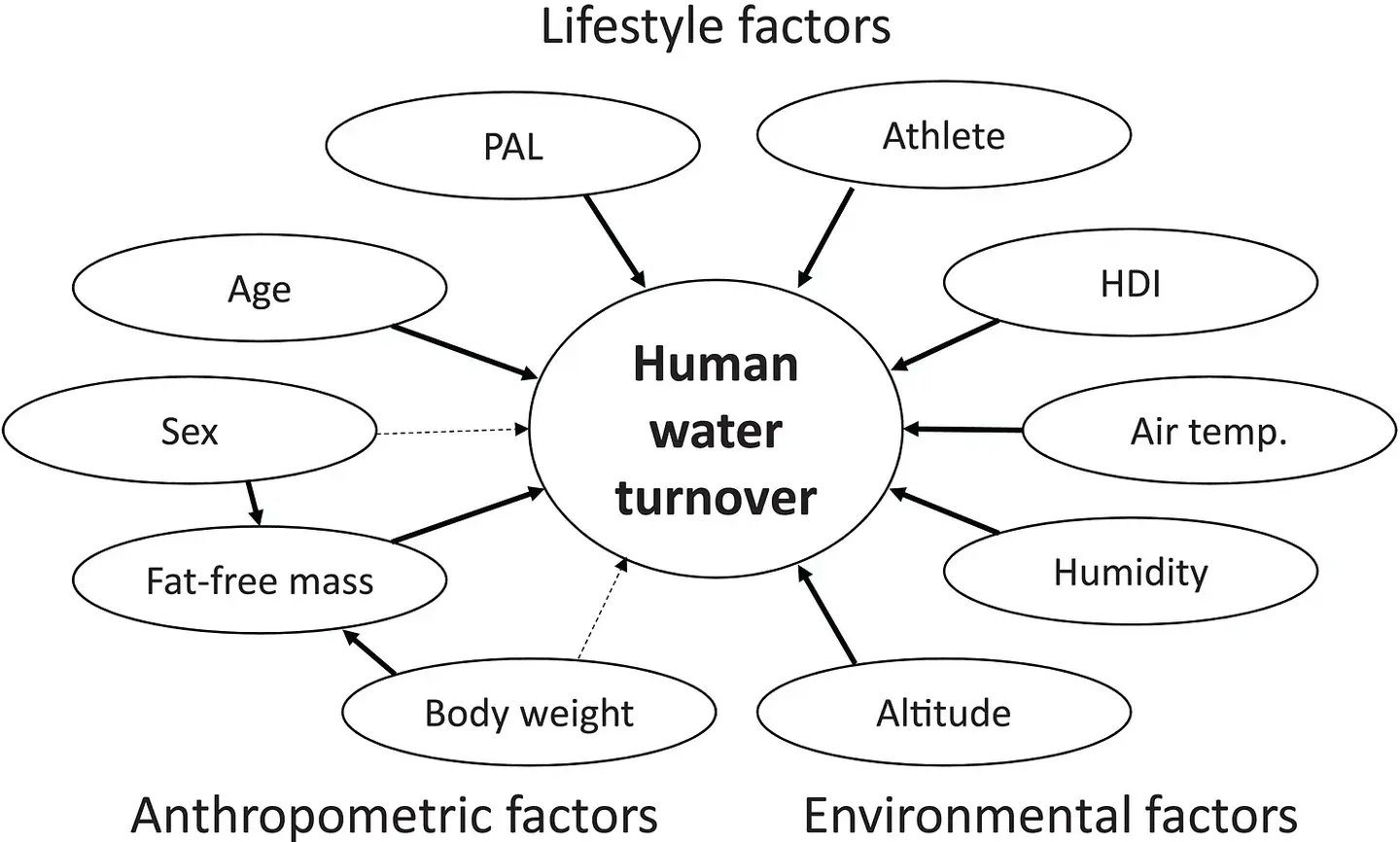Water, the basis of life, maintains the body’s vital systems and functions. Water makes up approximately 60% of the human body and plays a vital role in maintaining health.
Every day, fluid balance is maintained through a delicate interplay of intake and loss. So how much water do we actually need? The answer appears to be more nuanced than the age-old advice of “eight drinks a day.”
A new approach to hydration
According to recent research, Shenzhen Advanced Technology Research Institute (SIAT) provides breakthrough insights into your daily water needs. This research scienceanalyzed the water turnover rate (total amount of water transferred in the body) in 5,604 participants from more than 20 countries, ranging in age from 8 days old to 96 years old. Unlike traditional methods, this study employed isotope tracking technology to achieve accurate measurements.
Research shows that there is significant variation in water turnover depending on factors such as age, gender, activity level, and environment. For example, young adult men typically metabolize more than 4.2 liters per day, while women in their 30s to 60s average 3.3 liters. Contrary to popular belief, much of this water comes from food and metabolic processes, so there is no need to drink excessively.
“Most people probably don’t need to drink eight glasses of water a day,” said Zhang Xueying, co-lead author of the study. Instead, researchers suggest that less than 45% of your daily water turnover should come from beverages.
Personalized hydration guidelines
This study introduced an equation to predict water turnover in individuals based on personal and environmental factors. These formulas take into account your body size, physical activity, temperature, humidity, and altitude. “This equation is applicable all over the world,” Zhang explains. “Just input basic physiological indicators and local temperature and humidity.”
Interestingly, people in low-income countries human development index (HDI) score showed higher water turnover than countries with higher HDI. This finding highlights the importance of tailoring hydration recommendations to diverse populations and living conditions.
Co-corresponding author John Speakman highlighted that these results pave the way for personalized hydration strategies. “This is the first step towards understanding individual water needs globally,” he said.
Main determinants of water demand
Water needs are highly individual. Age, gender, and health condition greatly affect your daily needs. For example, children and the elderly generally require less water, while men require more water than women due to their larger size and muscle mass.

Physical activity and climate also play an important role. In hot and humid environments, increased sweating increases water metabolism and requires more fluid intake. Similarly, living at high altitudes can increase respiratory water loss.
Certain health conditions, such as kidney disease or diabetes, further impact your hydration needs. Additionally, your diet also affects your water balance. Water-rich foods such as fruits and vegetables help keep you hydrated, while salty and sweet foods increase your need for water.
Risk of dehydration
Failure to maintain proper hydration can lead to dehydration, which can have serious consequences. Mild dehydration can cause dry mouth, thirst, and dark urine, but severe cases can cause dizziness, confusion, and even organ failure.

It is important to recognize symptoms of dehydration early. Symptoms include persistent thirst, fatigue, and decreased urine output. Severe dehydration may require medical intervention.
Proper hydration is more than just water intake. Consuming a variety of fluids, including herbal teas and low-fat milk, can help meet your daily needs. Foods with a high water content, such as watermelon, cucumbers and oranges, also play an important role.
Conversely, limit sugary drinks such as carbonated drinks and energy drinks. These not only fail to hydrate, but can also worsen dehydration symptoms. Alcohol is a diuretic and increases water loss, so it should be consumed with caution.
To prevent dehydration, you need to drink water regularly throughout the day. This is especially important during physical activity or when exposed to heat. Water intake, combined with a balanced, water-rich diet, helps maintain optimal hydration and supports overall health.

Rethinking global water guidelines
Current global water withdrawal guidelines often rely on self-reported surveys and small-scale laboratory studies and lack precision. These methods struggle to capture the complex dynamics of water turnover across diverse populations. Zhang and her team emphasize the need for empirical, real-world data to refine public health recommendations.
The findings could revolutionize the way governments and organizations plan their water needs. During crises such as heat waves or natural disasters, accurate data on daily water withdrawals can inform emergency response and ensure communities receive adequate hydration resources. .
SIAT-led research has led to major advances in understanding human hydration. By providing a personalized approach to fluid intake, we challenge outdated norms and lay the foundation for future research.

Mr Speakman said: “The science of hydration is evolving. We are moving toward a more nuanced understanding of water’s role in health.” These advances promise to improve global health policy. Ensures hydration strategies meet the unique needs of each individual.
